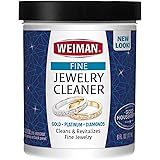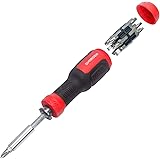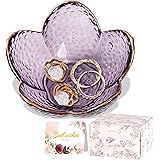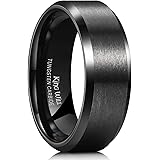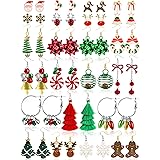The clasp that holds your necklace together is as important to the overall look of a piece as a beautiful neckline or pendant. And while it’s not usually the first feature people think about when selecting a new chain, a well-integrated clasp can add to the aesthetic and functionality of a piece of jewelry. There are a wide variety of clasp styles available, and some work better with certain necklace types or fit different style aesthetics.
The type of clasp you select should also take into account how often you plan to wear the piece and what lifestyle activities might cause it to come undone. A heavy chain might require a more robust closure, while someone with a busy schedule may prefer something simple that’s easy to open and close on the go.
Clasps also offer a chance to enhance the overall look of a piece, adding a sophisticated finishing touch to a delicate or elaborate design. For example, a toggle clasp can add an elegant and polished touch to a delicate or intricate piece, while a spring ring or lobster claw clasp is ideal for more casual designs.
To determine the correct necklace length, you’ll want to measure from your necklace clasp to the end connector. Then, make sure to note your measurement so that you can compare it to other necklaces you have or future purchases. Remember, a woman’s chains are typically on the thinner side, while men’s chains tend to be thicker.
While many people think they should only use a clasp that matches the design and material of their necklace, this can be limiting. A dainty chain will probably pair best with a small spring ring or barrel clasp, while a chunkier chain might look great with a larger lobster claw or toggle clasp.
If you’re unsure of what size clasp to select, it’s always a good idea to ask for assistance from a friend or family member. This will help you get an accurate and precise measurement, while also helping you understand how a certain clasp will feel on your neck or chest.
The Average Necklace Length
To find the perfect length, extend a tape measure from your necklace’s clasp to its end connector. For an even more precise measurement, ignore any charms or pendants attached to the clasp – they won’t impact the length of the chain. Then, jot down this measurement or make a mental note for future reference.
If you’re working with a multistrand necklace, consider using bead tips to hide knots at the ends of your strands. You can attach the bead tips directly to your clasp using jump rings or connect them with a crimp end cap and loop.


